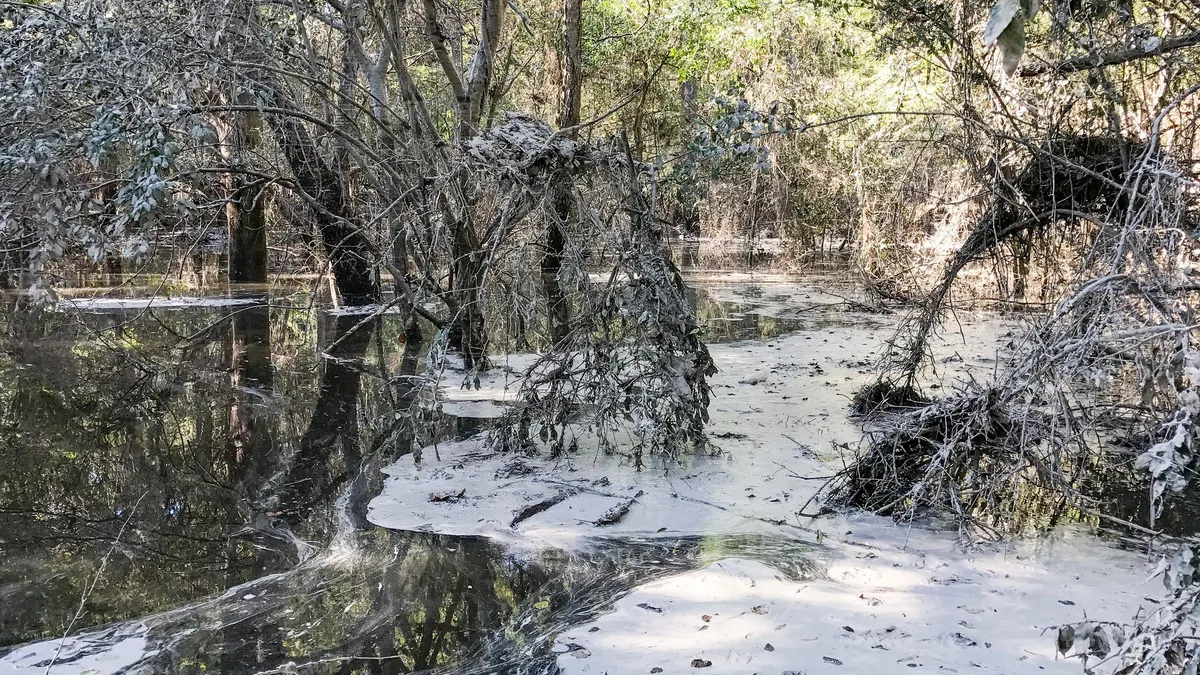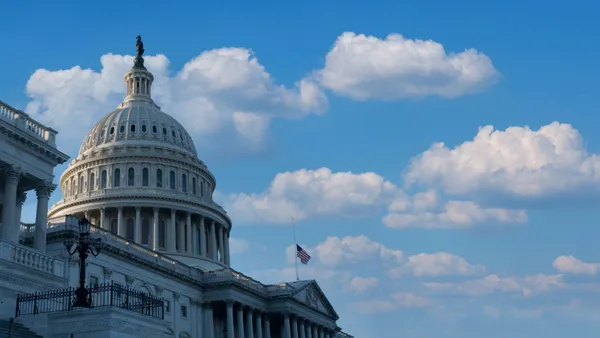Dive Brief:
- The Environmental Protection Agency (EPA) has proposed extending the effective date of the Obama-era Waters of the U.S. rule for two years while it works out, with input from those who would potentially be affected by the rule, what exactly is included in the definition of "water of the United States," according to the Washington Examiner.
- Critics of the regulation have argued that the rule's current wording casts too wide a net and puts drainage ditches and rivers alike under the control of the EPA. The EPA is also pursuing a separate, potential repeal action in conjunction with the Army Corps of Engineers.
- The rule was supposed to take effect back in August of 2015, but an appeals court put it on hold while the Supreme Court decides which venue — appeals court or district court — has the jurisdiction to hear arguments against it. About a month after his inauguration, President Donald Trump signed an executive order instructing the EPA to review the regulation.
Dive Insight:
According to Phys.org, the Trump administration "inappropriately" excluded wetlands data from its decision-making process about the WOTUS rule, which was originally written to clarify which waters fell under the protection of the 1972 Clean Water Act. The report said that not including all the data skewed the cost-benefit analysis in favor of the Trump administration, justifying its position.
The EPA and the Army Corps' two-part plan would first rescind the Obama administration's WOTUS rule and walk back the language in order to reflect prior rules. The next step would see the presentation of a new rule that narrows the scope of the regulation. The public comment period on that rule ended Aug. 28, and the agencies are still reviewing them.
An EPA rule that has fallen by the wayside in the new administration is the review of potentially dangerous chemicals currently being used in the U.S., a process mandated by Congress. Instead, the EPA will limit the scope of its review to chemicals in production and not yet on the market. This new approach, opponents say, excludes toxic materials and chemicals like asbestos and flame retardants that are the source of most exposures.













